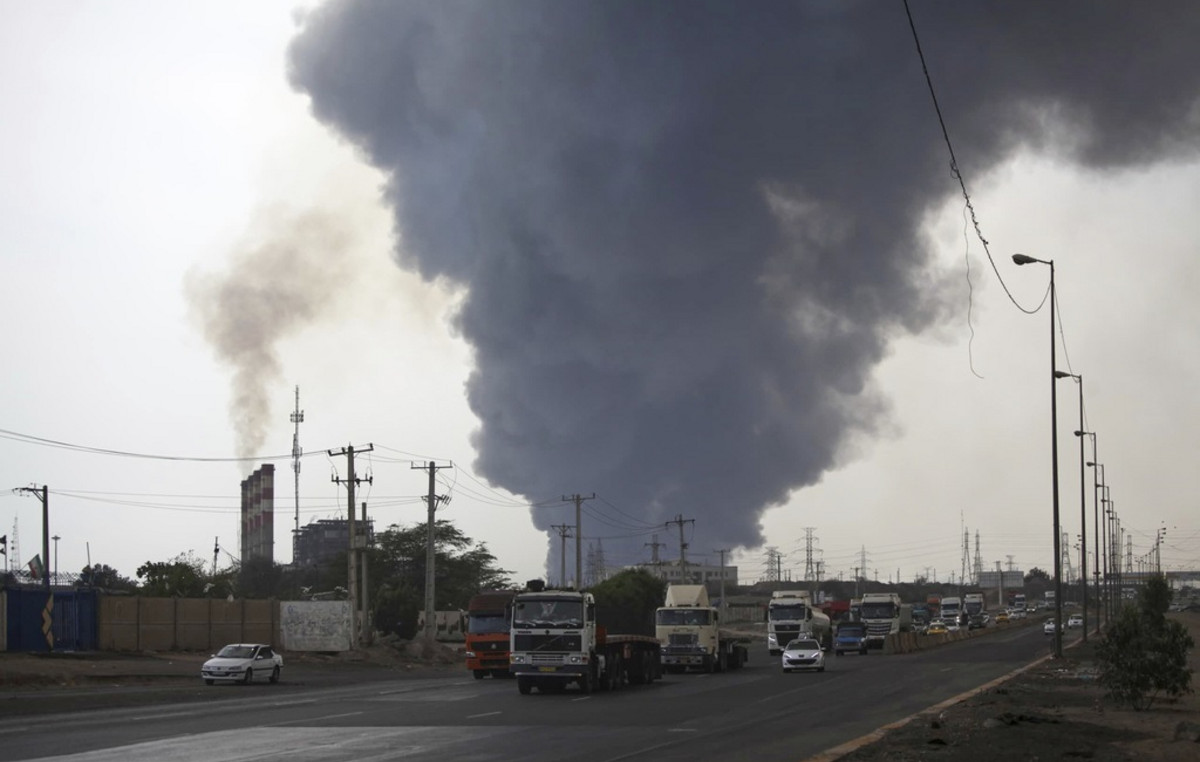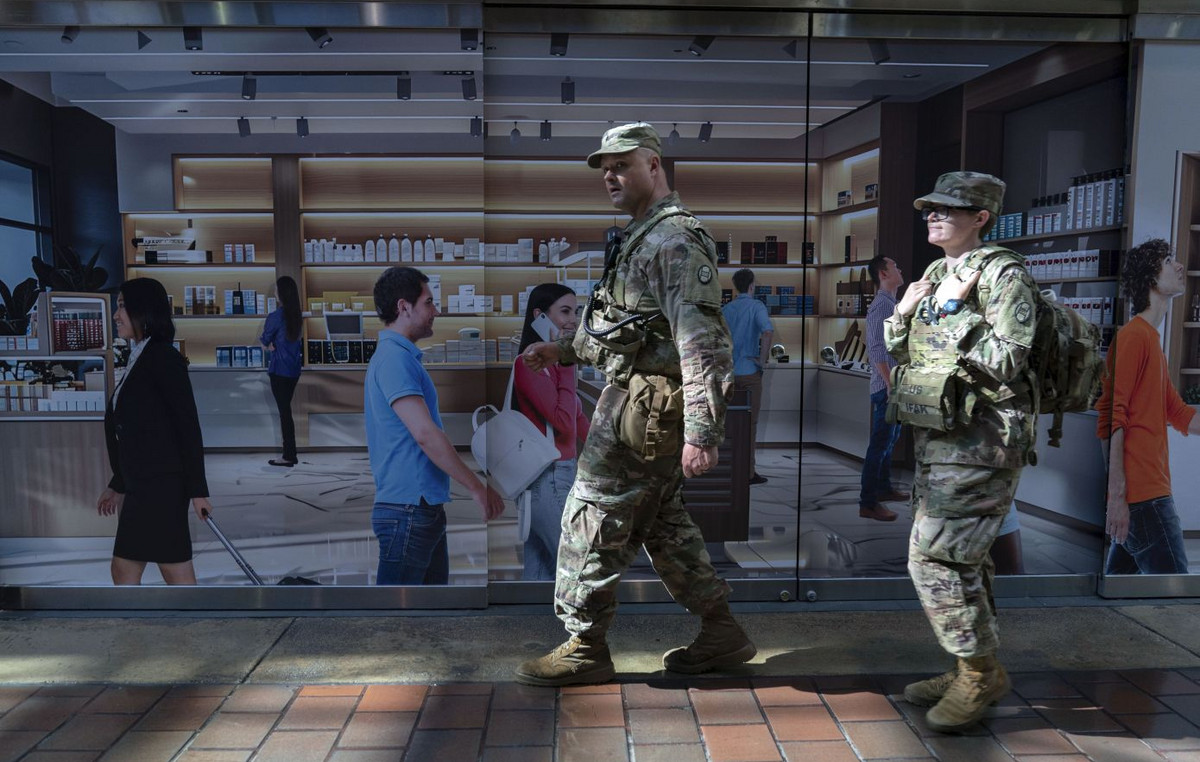States in the North and South of Brazil present different scenarios of severe acute respiratory syndrome (SARS), according to the new InfoGripe bulletin, released by the Oswaldo Cruz Foundation (Fiocruz) this Wednesday (20).
While the states of the Southeast, South and Midwest point to an interruption in the growth of the number of cases and the beginning of a decline in SARS, the North and Northeast have maintained the growth that started in June.
The analysis refers to epidemiological week nº 28, which covers the period from July 10 to 16 and is based on data entered in the Influenza Epidemiological Surveillance Information System (Sivep-Gripe) until July 18.
The document points out that, despite the slowdown in the growth rate in the number of new weekly cases and the possible formation of a plateau in several states in the Center-South, the scenario is still unstable and requires caution.
Paraná and Rio Grande do Sul show a tendency to resume the growth of severe respiratory syndrome in young children (0 to 4 and 5 to 11 years old), in contrast to the plateau sign in adults. Federal District, Goiás, Rio de Janeiro, Santa Catarina and São Paulo show signs of a process of decline in the number of SARS cases.
On the other hand, most states in the North and Northeast regions point to signs of continued growth at a high pace.
“This may be associated with the fact that the southern half started the growth process earlier, still in April, while in the northern half this process begins with greater clarity from the end of May and the beginning of June”, explains the researcher. Marcelo Gomes, coordinator of InfoGripe.
Cases and deaths by age group
The survey indicates that, in the group aged 0 to 4 years, the volume of cases associated with the virus that causes Covid-19 remains above that observed for the respiratory syncytial virus (RSV) in the last four weeks.
In the adult population, SARS cases with positive laboratory results also continue to be largely dominated by the coronavirus. Although it does not stand out in the national data, the influenza A H3N2 virus, responsible for the common flu, is present in different age groups in the state of Rio Grande do Sul.
In the last four epidemiological weeks, the prevalence among cases with a positive result for respiratory viruses was 1.9% Influenza A, 0.2% Influenza B, 5.6% respiratory syncytial virus, and 79.3% SARS-CoV- 2 (Covid-19). Among the deaths, the presence of these same viruses among the positives was 0.8% Influenza A, 0.3% Influenza B, 0.5% respiratory syncytial virus (RSV), and 94.9% SARS-CoV-2.
states and capitals
According to InfoGripe, 18 of the 27 federative units show signs of growth in the long-term trend until week 28: Alagoas, Amazonas, Amapá, Bahia, Ceará, Espírito Santo, Maranhão, Mato Grosso, Mato Grosso do Sul, Minas Gerais, Pará , Paraíba, Paraná, Piauí, Rondônia, Roraima, Sergipe and Tocantins. The other states and the Federal District show stability or decline in the long-term trend until epidemiological week nº 28.
The data show that 13 of the 27 capitals show a sign of growth in the long-term trend until week 28: Aracaju (SE), Curitiba (PR), Florianópolis (SC), Fortaleza (CE), Macapá (AP), Maceió (AL ), Manaus (AM), Palmas (TO), Porto Velho (RO), Salvador (BA), São Luís (MA), Teresina (PI) and Vitória (ES).
Basic care helps prevent respiratory diseases
Source: CNN Brasil







